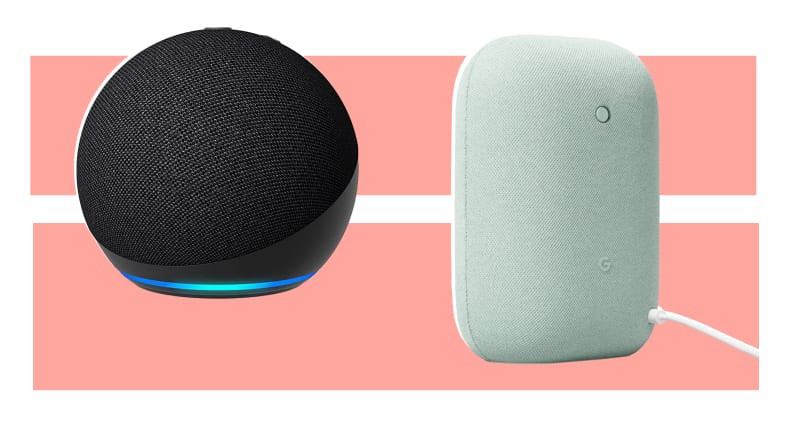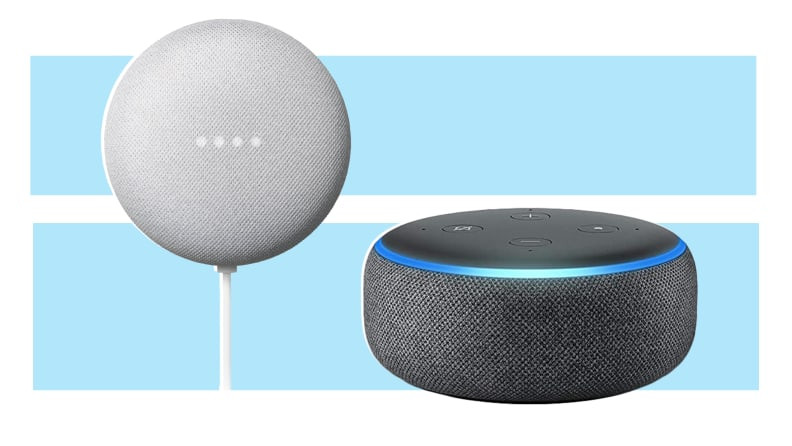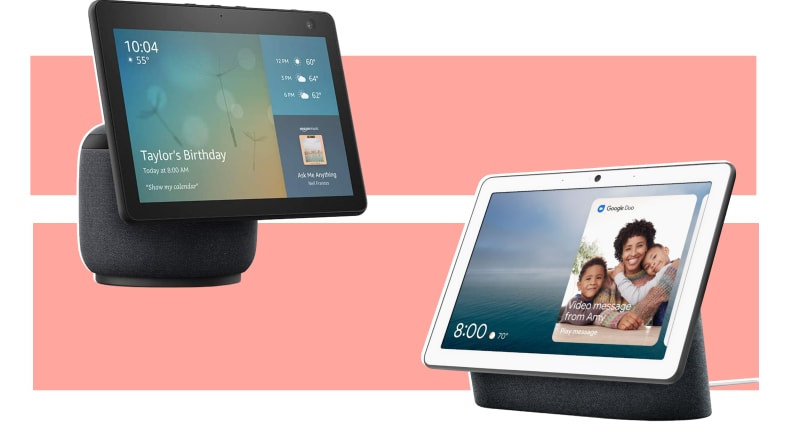The smart home landscape can feel fragmented, with different ecosystems often operating in silos. This leaves many wondering, can Alexa and Google Assistant coexist peacefully? The good news is: yes, they absolutely can. You don’t have to choose between these two leading voice assistants. This article explores how to successfully integrate both Alexa and Google Assistant into your smart home.
 The Amazon Echo (4th gen) smart speaker next to the Google Nest Audio smart speaker
The Amazon Echo (4th gen) smart speaker next to the Google Nest Audio smart speaker
Harmony Between Two Assistants
Having both a Google Home speaker (like the Nest Audio) and an Amazon Echo device doesn’t require choosing a favorite. Both Alexa and Google Assistant offer robust smart home capabilities, allowing them to function harmoniously in the same home. They can answer questions, execute smart home commands, and perform similar tasks.
 A side by side of two small smart speakers, the Nest Mini and Echo Dot
A side by side of two small smart speakers, the Nest Mini and Echo Dot
Each assistant responds only to its respective wake word (“Hey Google” or “Alexa”), preventing accidental activations. You can even connect both assistant apps to your third-party smart home devices, allowing control through either platform. One exception is speakers acting as hubs for Zigbee devices, but with Matter emerging as the new standard, Zigbee is becoming less relevant.
Strategic Placement for Optimal Performance
Consider the strengths of each assistant and the specific needs of different areas in your home when deciding where to place your devices. A Google Nest Mini, known for its sound quality and fast response times, might be ideal for the kitchen. An Amazon Echo Dot, with improved audio over previous generations, could be suitable for areas where homework or quieter activities take place.
 Maintaining your smart home setup with Alexa and Google
Maintaining your smart home setup with Alexa and Google
Smart displays, like the Amazon Echo Show 8 or Google Nest Hub Max, are best suited for common areas where video calls, streaming, and recipe viewing are frequent. Larger speakers, such as the Amazon Echo Studio, are well-suited for spaces where high-quality audio is desired.
The Matter Revolution
Matter is a game-changer for smart home compatibility. This industry standard, supported by major players like Amazon and Google, enables Matter-certified devices to work seamlessly with both Alexa and Google Assistant. While Matter facilitates device interoperability, it’s important to note that it doesn’t enable direct control between different ecosystem controllers. Your Google Nest speaker won’t be able to control your Echo device, for example.
Managing a Dual-Assistant Smart Home
Maintaining a smooth-running smart home with both Alexa and Google Assistant involves mindful setup and organization. Track your device connections and avoid redundant automation routines. Regularly update your devices to ensure compatibility and optimal performance with both assistants. By following these tips, you can enjoy the benefits of a versatile and comprehensive smart home experience powered by both Alexa and Google Assistant.